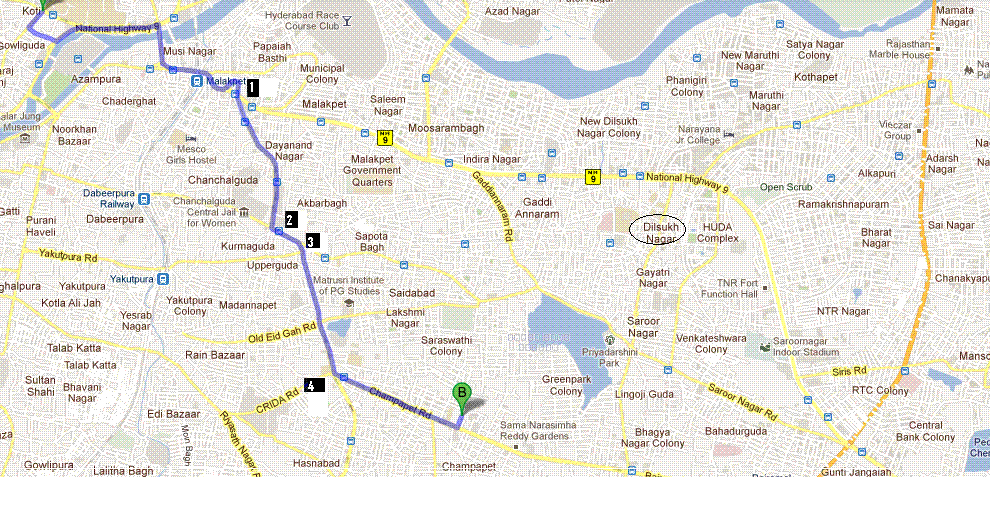courtesy
http://htmlhelp.com/tools/validator/doctype.html
Choosing a DOCTYPE
According to HTML standards, each HTML document requires a document type declaration. The "DOCTYPE" begins the HTML document and tells a validator which version of HTML to use in checking the document's syntax.
If standard HTML does not meet your needs but you still wish to gain the benefits of HTML validation, see the section on using a custom DTD.
The following DOCTYPEs are commonly used:<!DOCTYPE HTML PUBLIC "-//W3C//DTD HTML 4.01//EN"
"http://www.w3.org/TR/html4/strict.dtd">- This declares the document to be HTML 4.01 Strict. HTML 4.01 Strict is a trimmed down version of HTML 4.01 that emphasizes structure over presentation. Deprecated elements and attributes (including most presentational attributes), frames,
and link targets are not allowed in HTML 4 Strict. By writing to HTML 4
Strict, authors can achieve accessible, structurally rich documents
that easily adapt to style sheets
and different browsing situations. However, HTML 4 Strict documents may
look bland on very old browsers that lack support for style sheets.
Newer browsers such as Internet Explorer 5 for Mac, Netscape 6, and Mozilla use a standards-compliant rendering for HTML 4 Strict documents. These browsers use a "quirks" mode for most other document types to emulate rendering bugs in older browsers. <!DOCTYPE HTML PUBLIC "-//W3C//DTD HTML 4.01 Transitional//EN"
"http://www.w3.org/TR/html4/loose.dtd">- This declares the document to be HTML 4.01 Transitional. HTML 4 Transitional includes all elements and attributes of HTML 4 Strict but adds presentational attributes, deprecated elements, and link targets.
Newer browsers such as Internet Explorer 5 for Mac, Netscape 6, and Mozilla use a standards-compliant rendering for HTML 4.01 Transitional documents that include the URI of the DTD in the DOCTYPE. These browsers use a "quirks" mode to emulate rendering bugs in older browsers if the URI is omitted:
<!DOCTYPE HTML PUBLIC "-//W3C//DTD HTML 4.01 Transitional//EN"> <!DOCTYPE HTML PUBLIC "-//W3C//DTD HTML 4.01 Frameset//EN"
"http://www.w3.org/TR/html4/frameset.dtd">- This declares the document to be HTML 4.01 Frameset. HTML 4 Frameset is a variant of HTML 4 Transitional for documents that use frames.
<!DOCTYPE html PUBLIC "-//W3C//DTD XHTML 1.0 Strict//EN"
"http://www.w3.org/TR/xhtml1/DTD/xhtml1-strict.dtd">- This declares the document to be XHTML 1.0 Strict. XHTML 1.0 Strict is an XML version of HTML 4 Strict.
<!DOCTYPE html PUBLIC "-//W3C//DTD XHTML 1.0 Transitional//EN"
"http://www.w3.org/TR/xhtml1/DTD/xhtml1-transitional.dtd">- This declares the document to be XHTML 1.0 Transitional. XHTML 1.0 Transitional is an XML version of HTML 4 Transitional.
<!DOCTYPE html PUBLIC "-//W3C//DTD XHTML 1.0 Frameset//EN"
"http://www.w3.org/TR/xhtml1/DTD/xhtml1-frameset.dtd">- This declares the document to be XHTML 1.0 Frameset. XHTML 1.0 Frameset is an XML version of HTML 4 Frameset.
<!DOCTYPE HTML PUBLIC "-//W3C//DTD HTML 3.2 Final//EN">- This declares the document to be HTML 3.2. HTML 3.2 is well supported by most browsers in use. However, HTML 3.2 has limited support for style sheets and no support for HTML 4 features such as frames and internationalization.
<!DOCTYPE HTML PUBLIC "-//IETF//DTD HTML//EN">- This declares the document to be HTML 2.0. HTML 2.0 is widely supported by browsers but lacks support for tables, frames, and internationalization, as well as many commonly used presentational elements and attributes.

No comments:
Post a Comment